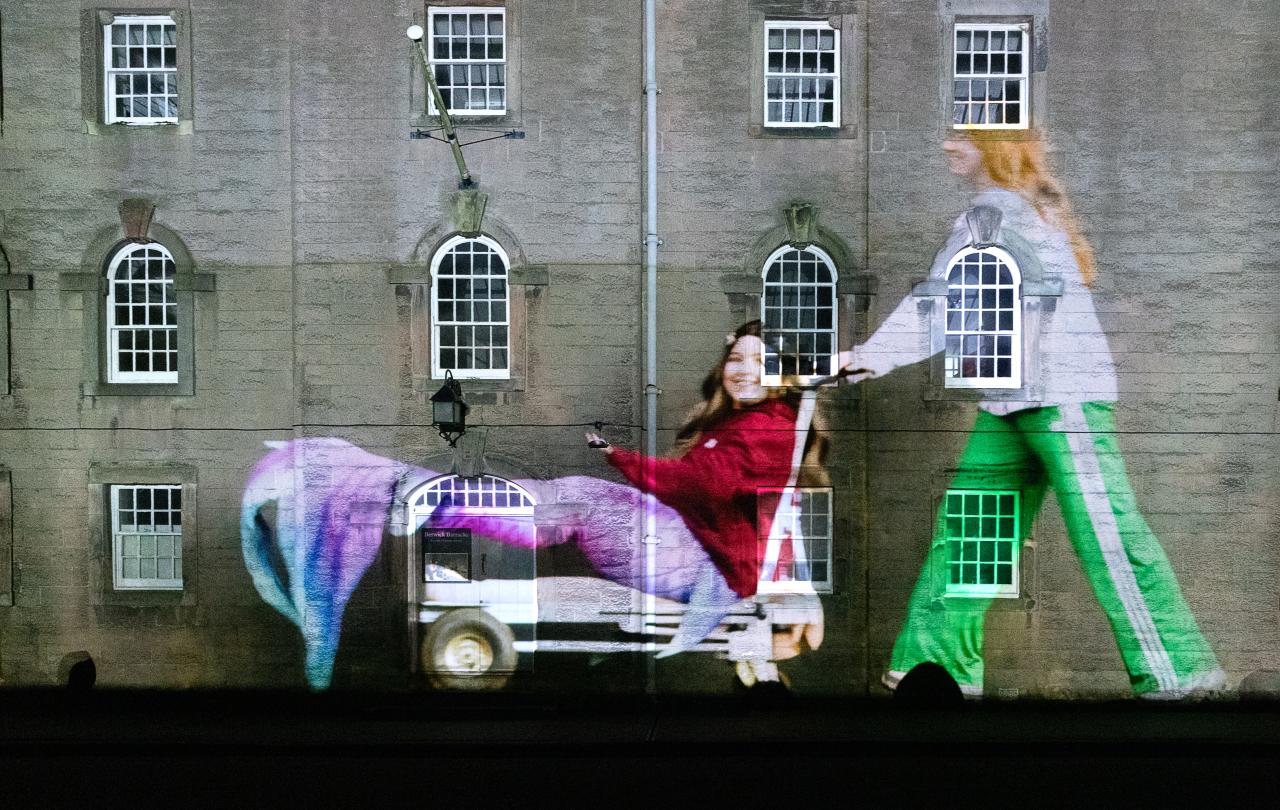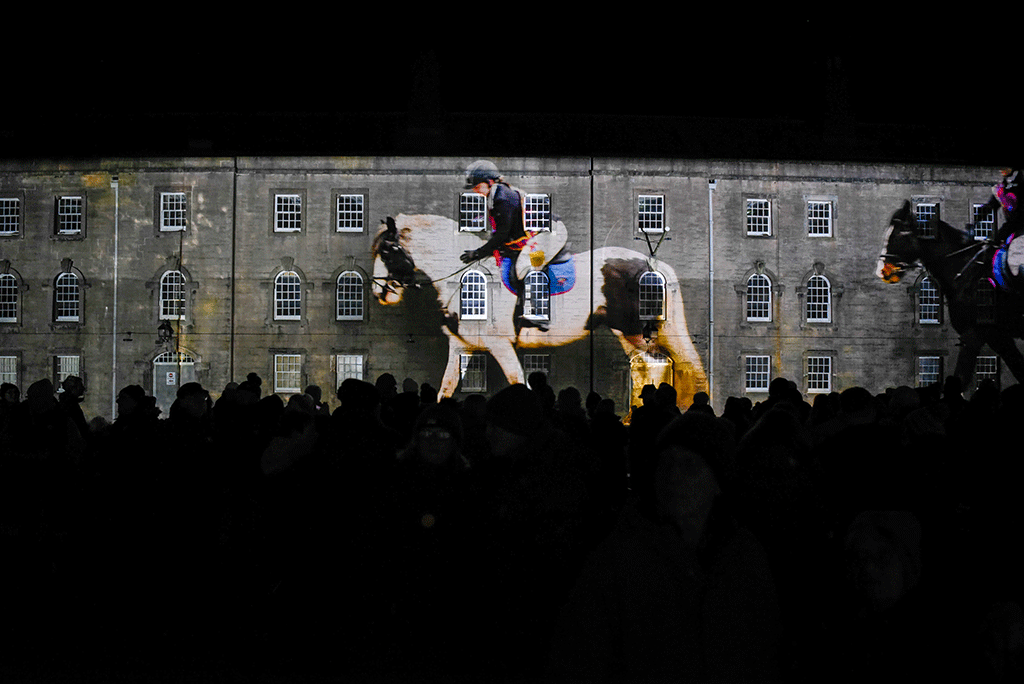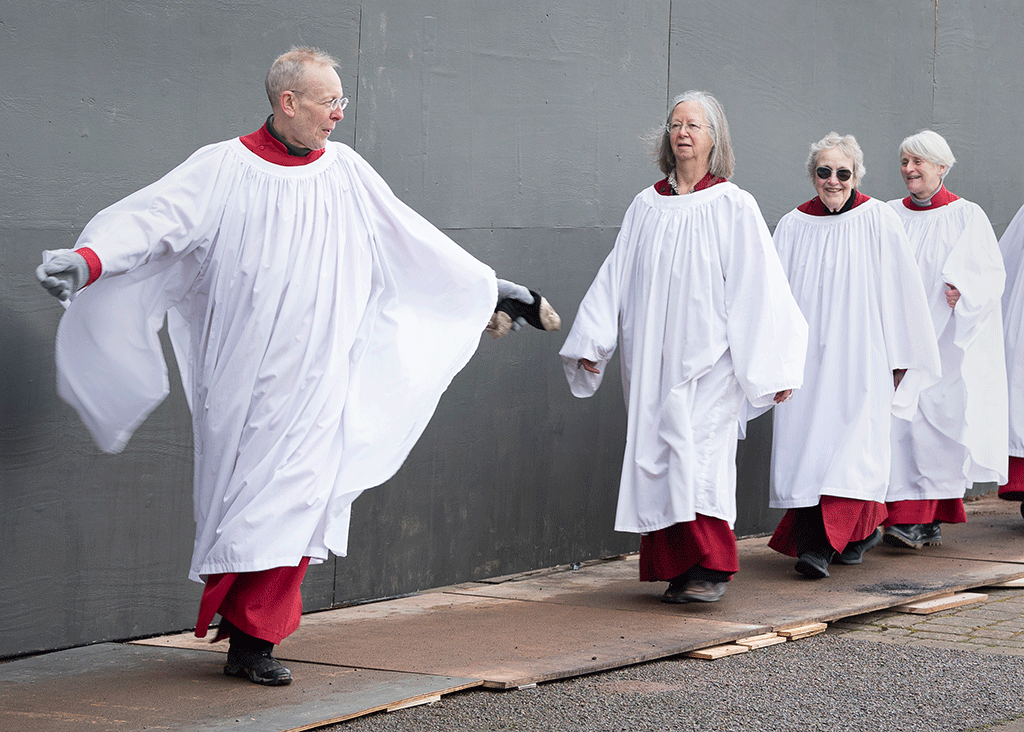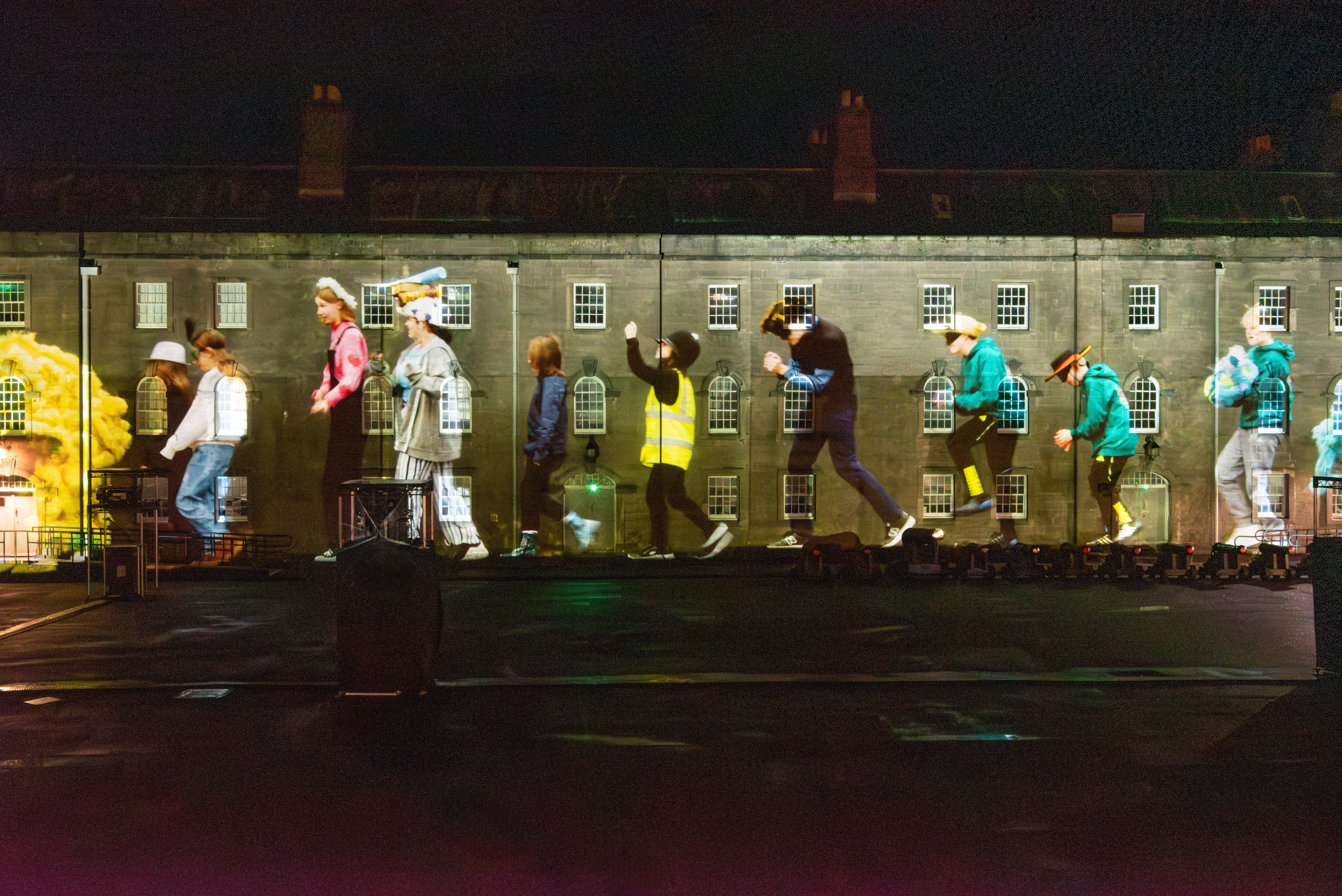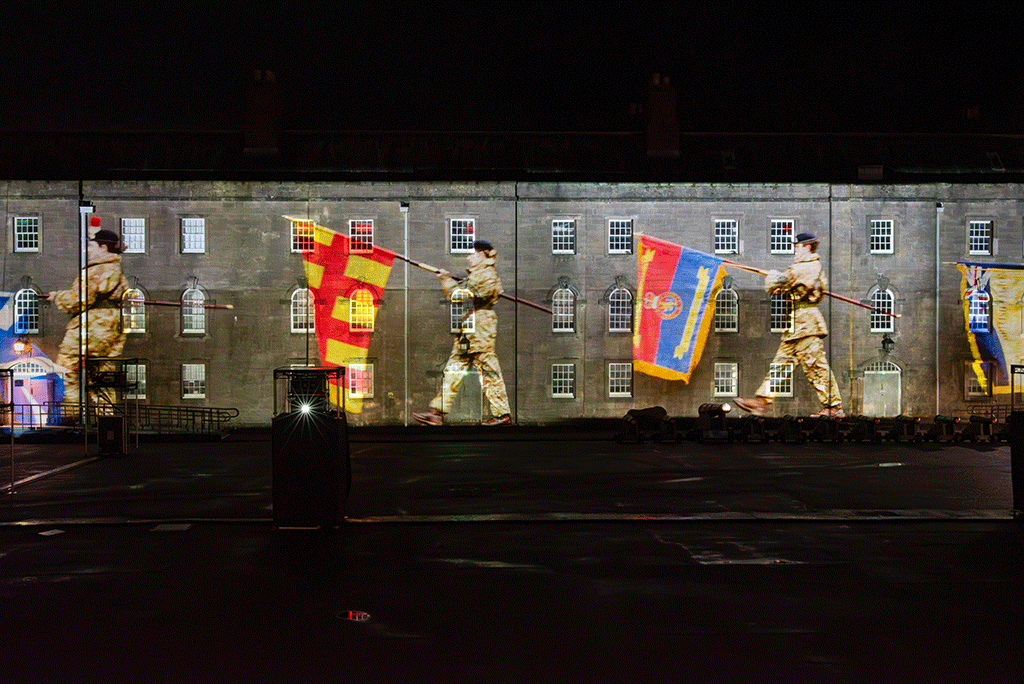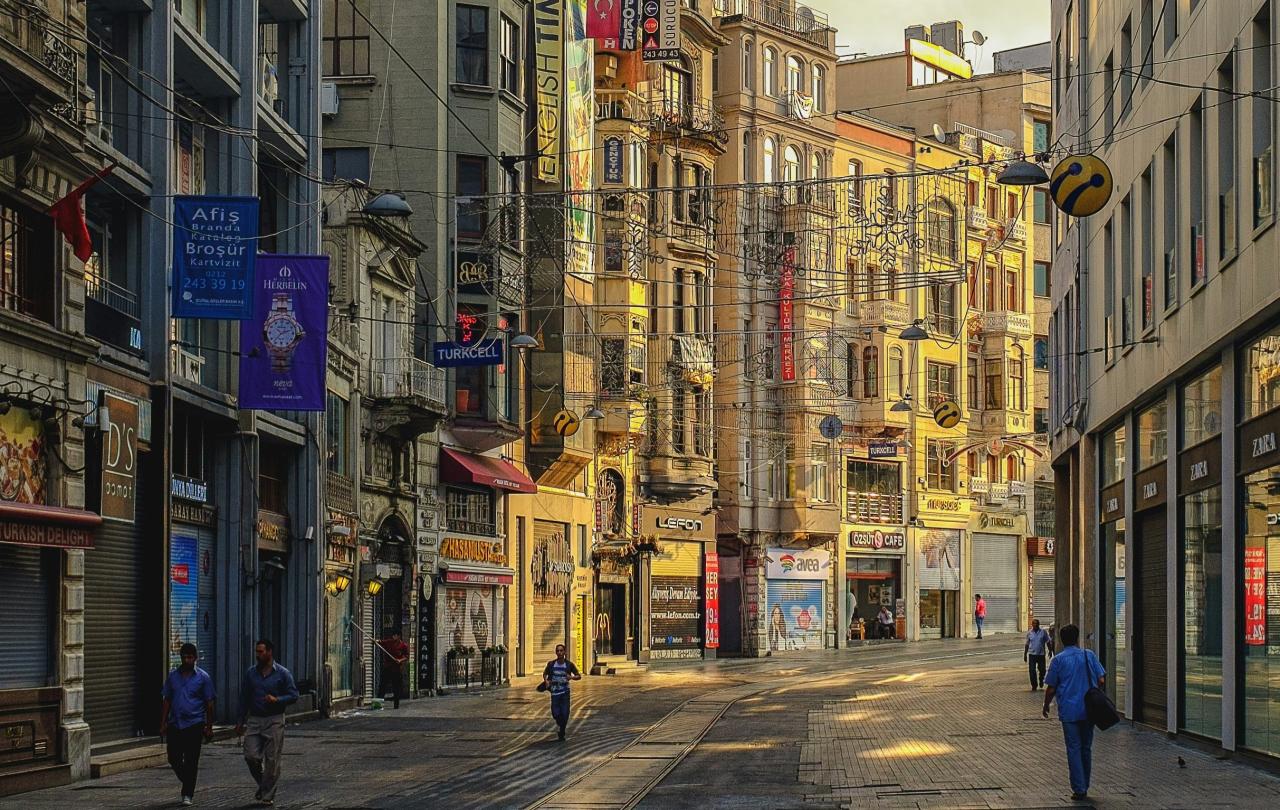
Living in the megalopolis that is Istanbul in Türkiye, as the country is now calls itself*, is both wonderful and utterly overstimulating. As the sun dawns earlier in the summer months, I often ponder on what woke me up as I sip my morning coffee. Was it the Call to Prayer from our neighbourhood mosque; the caterwauling cats; fighting crows; howling dogs or squawking seagulls?
Istanbul (formerly known as Constantinople) is where East meets West, and home to up to 20 million people. It's the only city in the world to straddle both Asia and Europe, separated by the narrow Bosphorus sea, which you can cross by ferry in 20 minutes.
Known in the Bible as 'Asia Minor,' Türkiye boasts a wealth of Christian history and numerous religious sites, including the breathtakingly preserved ancient city of Ephesus.
Once the largest Christian cathedral in the world, the Hagia Sophia in Istanbul’s historic quarter Sultanahmet attracts millions of tourists to its grand Byzantine architecture every year, as both a mosque and a museum.
Istanbul's gastronomy is among the best in the world. The food, paired with the melting pot of history, faith, and culture, also makes for the warmest sense of hospitality in the world to visitors and newcomers that you could ever imagine. It is a stark contrast to what I was used to in the UK.
Turkish hospitality is about way more than tulip-shaped glasses of tea and aubergine köfte kebabs; in Turkish culture, a guest is honoured, making them feel as if they belong. From the drawn out etiquette of home visits to literal fights breaking out when it's time to pay the bill, in Türkiye, a guest is seen as a 'gift from God.'
Speaking of hospitality, Türkiye's official population is indeed an estimate due to the constant stream of refugees that pour into the country and settle in Istanbul, hoping to build new, better lives for themselves.
It is a hugely built-up city, with each skyscraper competing for height and a Bosphorus sea view; here and there, you can spy small little houses called gecekondus (which means 'put up at night'). These are the (illegal) homes of newcomers.
Türkiye is, on the whole, proud of its migration history (and its 2016 agreement with the UN). Of course, it's a country in a prime position to grant refuge to displaced people in neighbouring nations and as a transit country for people trying to emigrate west, and is home to the world's largest refugee population (3.2 million Syrians and up to 222,000 other nationalities). The latest refugees to seek sanctuary in the four thousand year old city are more Iranians. I enjoy friendships with Turkish, Persian, and Syrian friends in my faith community.
Of course, attitudes vary regarding the many 'neighbours' who make their home in Istanbul. There are complaints that 'enough is enough.' There is a 'Türkiye first' rhetoric that permeates the Caffe Nero I sometimes work in. (Eye-rolling and body language speak louder than words when the barista is short with a burka-wearing, stroller-pushing mum speaking Arabic.
And I do get it. 'Istanbul is overcrowded' is a massive understatement. You can't even begin to compare it to the UK immigration rhetoric.
Behind most discrimination is fear, and secular locals worry that so many refugees in Türkiye could lead to a different religious landscape one day.
I, too, am a guest here in Türkiye, and I am grateful I've been able to make it my home. I'm reminded that every person is worthy of love and respect no matter where they are from.
Of course world events significantly impact attitudes towards refugees in Istanbul. Sadly, it's a fact that events around the world can shape people's discourse regarding certain people groups. I find it hard to switch off from what's going on around the world, and since Israel bombed Iran last two weeks ago, I've been glued to the news.
My hairdresser is an Iranian girl who has a residence permit due to her husband's job in hospitality. I asked her how she was doing. She said she's scared for her mum and sister, who are in a city that's being bombed, and she wants to bring them to Türkiye. She said the scariest thing about it all is that all flights are grounded right now, and the internet is inconsistent; they feel utterly helpless. All I can do is hug her and tell her all life is precious to God, and that I am praying for peace.
A week later, I woke up to the news that the USA had struck Iran, with the intention of destroying three of its nuclear facilities. The world waits and watches with bated breath to see what will happen next.
I don’t have the answers for overcrowding or immigration policies, but when I reflect on 'who is my neighbour' I know it is whoever I find standing in front me.
Many in Istanbul do ask 'who is my neighbour? It is a question that has been asked for millenia, most famously by Jesus.
Jesus replied with a powerful story that would have pushed the buttons of all those gathered around on issues of race, religion, and hospitality, which became one of his most famous parables. In 'The Good Samaritan,' a traveller and a Jew are brutally attacked and robbed when he's walking from Jerusalem to Jericho. Beaten, bloody, and left for dead on the side of the road, a priest passes by, but instead of helping, he ignores the man and continues his journey.
Next, a Levite who also worked in the Jewish temple comes along the road, crosses to the other side, and walks away.
Finally, a man from Samaria (sworn enemies of the Jews) passes along the road, sees the injured man, and stops. He stops, tends to his wounds, puts the man on his donkey, and takes him to an inn to recover, covering all the expenses from his pocket.
You can imagine the sound of a pin dropping when Jesus asks which of these three was a neighbor to the man attacked by robbers: 'The expert in the law replied, 'The one who had mercy on him.' Jesus told him, ‘Go and do likewise.’
The message is simple- our 'neighbours' are all the people we come across. It's those different from us and even those with whom our ethnicity and national history demand we make enemies.
As a white woman with a British passport, I am privileged. I can return to the UK when I choose. People don’t wince if they hear me speak English in Caffe Nero. As a resident in Istanbul, I navigate the attitudes and ever-shifting narratives towards immigration in Türkiye by prayer.
I want to hold space for my Turkish friends who feel scared and frustrated.
I want to be a voice of peace to my friend who sends me a video of missiles heading for Iran over the border from Hatay, Türkiye.
Living in Türkiye as a woman of faith has changed me, and I can't help but think that if we all adopted the Turkish philosophy of hospitality, which views all guests as gifts from God, deserving to feel like they belong, the world could be a different place.
I don’t have the answers for overcrowding or immigration policies, but when I reflect on 'who is my neighbour' I know it is whoever I find standing in front me, no matter where they come from. I ask for the strength to 'love my neighbor as myself' no matter the country on their ID card (or despite their lack of one). And when I feel overwhelmed by the sheer number of precious human lives arriving in Türkiye every day, I remember that each of them is also a neighbour - and my job is to care for the one in front of me.
* Türkiye is the new spelling of the country’s name. Find out more





